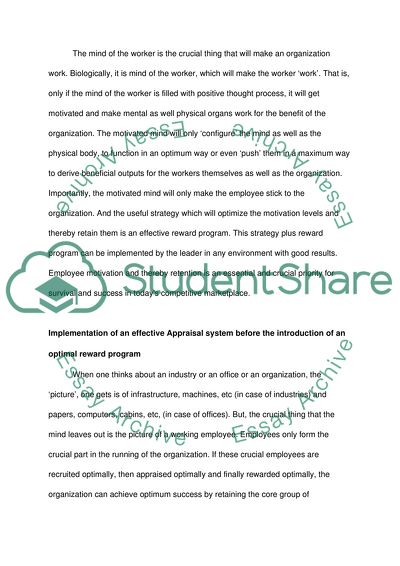Cite this document
(Rewarding Performance: Comparison of Alternative Reward Systems Research Paper, n.d.)
Rewarding Performance: Comparison of Alternative Reward Systems Research Paper. Retrieved from https://studentshare.org/human-resources/1729457-business-rewarding-performance-comparison-of-alternative-reward-systems
Rewarding Performance: Comparison of Alternative Reward Systems Research Paper. Retrieved from https://studentshare.org/human-resources/1729457-business-rewarding-performance-comparison-of-alternative-reward-systems
(Rewarding Performance: Comparison of Alternative Reward Systems Research Paper)
Rewarding Performance: Comparison of Alternative Reward Systems Research Paper. https://studentshare.org/human-resources/1729457-business-rewarding-performance-comparison-of-alternative-reward-systems.
Rewarding Performance: Comparison of Alternative Reward Systems Research Paper. https://studentshare.org/human-resources/1729457-business-rewarding-performance-comparison-of-alternative-reward-systems.
“Rewarding Performance: Comparison of Alternative Reward Systems Research Paper”. https://studentshare.org/human-resources/1729457-business-rewarding-performance-comparison-of-alternative-reward-systems.


